A Natural and Sustainable Approach to Beekeeping!
Natural Beekeeping is all about working within the rhythm of nature by focusing on sustainability and avoiding chemicals or invasive methods. See how these small changes to your beekeeping can improve your hive
How to Practice Sustainable Beekeeping
Natural Beekeeping Core Principles
Natural behaviours would include things such as natural comb building, capturing swarms and allowing their own protective mechanisms to fight off invading pests. The entire endeavour is to try and foster a holistic care approach for the bees and for the greater environment by reducing our reliance on external inputs and recycling where appropriate.
Natural beekeepers are driven by a commitment to a sustainable environmental balance, and many follow the better beekeeping methods and principles that respect both the bees and the natural world. For those who embrace this method, they often find that the minor investment in these natural bee hives and slight changes to their traditional techniques leads to stronger, healthier colonies and a more rewarding beekeeping experience overall.
Best Materials Suitable for Hive Construction
When considering your beehive setup, you are not only looking at your greatest cost input, but also potentially the largest resource drain on our environment. While we love the look of the pristine new white langstroth hive, there are potentially greater benefits to using alternative constructions including recycled materials, Bee Skeps, second hand beehives or naturally occurring spaces for bees. There are other occasions however, where the investment into a well built insulated beehive is the best balance of long term material usage with the combination of the bee’s able to regulate the hive temperature effectively. It is never just the case for simply working with old and worn out materials.
Beehive design should be carefully considered to allow eco-friendly beekeeping techniques are available and that we maximise the health of the hive. Small design inputs such as entrance size and location can quickly minimise the impact of other pests and reduce hive robbing. There is a constant need for the beekeeper to balance the honey production with the bee’s natural process when considering how to practice sustainable beekeeping. Using these organic beekeeping methods places a greater burden on the beekeeper to ensure they have the right hive setup in the right location and using the right materials.
One of the more recent considerations for a natural beekeeper is the use of insulated hives. These newly available hive materials are supporting bee colonies to better regulate their hive temperature in both winter and summer months. These advantages are certainly enough to place consideration on upgrading your hive materials to a better structure and extend your current hive material life by passing it on as a second hand to a new beekeeper. But that is clearly a decision required by the individual and their colonies circumstances.
Organic Methods and Natural Alternatives to Pesticides
To maintain honey bee health using natural practices, there are several effective strategies that focus on reducing chemical use and working with the bees’ natural behavior. These methods align with sustainable and organic beekeeping philosophies:
Natural Mite Treatments
Varroa mites are a significant threat to bee colonies, but there are natural ways to manage them without chemicals:
- Essential Oils: Oils like thyme, lemongrass, and spearmint are commonly used to disrupt the life cycle of mites while being gentle on bees. These can be applied through feeding or direct treatment.
- Powdered Sugar: Dusting bees with powdered sugar encourages them to groom more frequently, which helps remove mites from their bodies.
- Organic Acids: Formic and oxalic acid are natural substances that can be used to treat mites in a way that’s not harmful to bees but effective at keeping mite populations down.
Promoting Hive Health
Healthy bees are more resistant to pests and diseases, and there are various methods to promote a thriving colony:
- Proper Ventilation: Ensuring good airflow within the hive prevents moisture buildup, which can lead to mold and other health issues.
- Spacing of Frames: Proper spacing of hive frames ensures bees can work effectively, reducing stress on the colony and preventing crowding, which can make mites and other pests harder to control.
Chemical-Free Pest Prevention
Natural Barriers: Using natural substances like diatomaceous earth around hives helps deter ants and other ground-based pests without the use of pesticides.
Encouraging Biodiversity: Planting flowers and plants that attract beneficial insects can help to naturally manage pests around the apiary, creating a balanced ecosystem.
These techniques allow bee keepers natural to ensure better beekeeping by maintaining a natural bee hive or even a wild honey bee hive, all while supporting the health of the colony without resorting to invasive or chemical methods. This aligns perfectly with the values of sustainable and organic beekeeping.
Natural Hive Health: Keeping Bees Healthy Without Chemicals
As a Natural beekeeper, you want to ensure that your primary focus is on holistic hive health and maximising the environment to sustain your colony. The combination of low intervention bee keeping techniques along with the natural inputs will ensure that you are driving natural remedies for bee health. As a side bonus, the organic honey that your bees produce will more consistently capture the flavour of the landscapes that you are creating for them.
Key inputs include the bee’s capacity to forage for natural supplements and you can further enhance this by planting out flowers and crops such as buckwheat for honey bees. These eco-friendly beekeeping techniques are not only going to provide a wonderful environment for your beehive, but importantly, it will create a wonderful space for you to live in. In return your bees will provide you with their own natural remedies such as the incredible black propolis which works wonders as an antibiotic, in skin care and a wide ranging variety of other uses. Learning how to purify this black gold can be found in our articles.
Frequently Asked Questions
Yes, chemical-free treatments can be highly effective when used properly. Methods like essential oils, powdered sugar, and organic acids help manage pests like Varroa mites without harming bees. However, effectiveness depends on consistent application and integrated pest management techniques, such as maintaining strong, healthy hives.
Sustainable beekeeping focuses on working with the bees’ natural behaviors. You can:
- Use eco-friendly materials like untreated wood for hives.
- Practice chemical-free pest control.
- Plant bee-friendly gardens to provide additional forage.
- Avoid overharvesting honey, ensuring bees have enough to survive.
Eco-friendly hive materials include untreated wood and natural wax for foundations. Using materials like bamboo for hive stands or supports can further reduce environmental impact. Avoid synthetic materials and opt for natural paint or wood treatments to protect the hive.
Some effective natural hive management techniques include:
- Providing proper ventilation to prevent moisture buildup.
- Using top entrances to avoid predators.
- Encouraging natural comb building by using foundationless frames.
- Applying minimal hive disturbance to allow bees to maintain their internal environment.
Sustainable beekeeping promotes bee health and longevity by working with the bees’ natural instincts. It reduces the need for chemicals, contributing to a healthier ecosystem. Additionally, sustainable methods often lead to higher-quality honey and beeswax, as bees are allowed to work in a more natural environment.
Natural mite control alternatives include:
- Essential oils like thyme, lemongrass and spearmint.
- Organic acids such as oxalic and formic acid.
- Physical methods like screened bottom boards and powdered sugar dusting. These alternatives are effective when combined with other good hive management practices.
Yes, sustainable beekeeping can be practiced in urban environments by using small-scale methods like top-bar or Warre hives. Urban beekeepers can support bee health by planting pollinator-friendly plants and using natural mite treatments.
Natural beekeeping can be cost-effective, as it reduces the need for chemicals and treatments. Initial costs may include investing in untreated wood hives or eco-friendly materials, but these often lead to savings in the long run due to lower reliance on chemical treatments and artificial feeding.
Natural beekeeping might result in slightly lower honey yields since the focus is on the bees’ well-being, not maximizing production. However, the honey produced is often of higher quality, as it’s free of chemicals and harvested at a pace that allows bees to replenish their stores naturally.
Bees are crucial pollinators in sustainable agriculture, contributing to the health of ecosystems by pollinating plants that feed both humans and livestock. Natural beekeeping practices help ensure that bees remain healthy and continue to play this essential role without exposure to harmful chemicals.
Natural Beekeeping Most Popular Articles
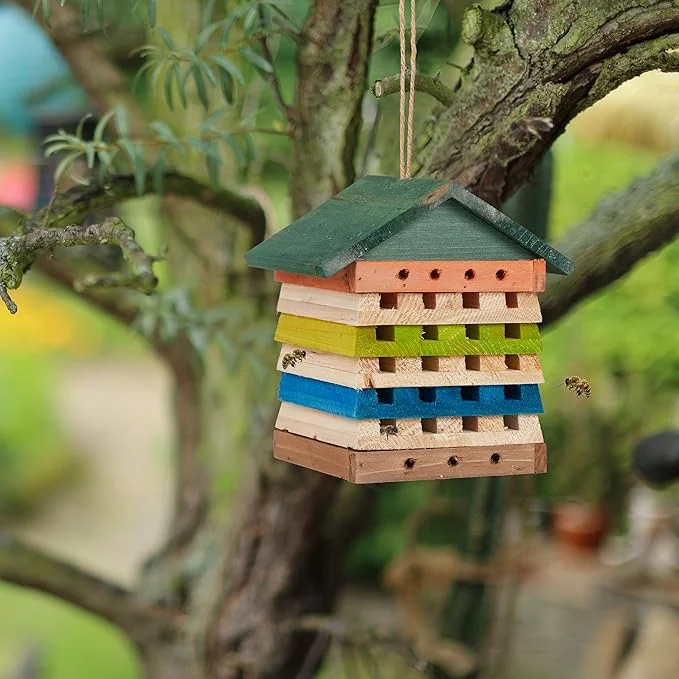
Ultimate Guide: Create Stunning Bee Hotels for Your Homestead
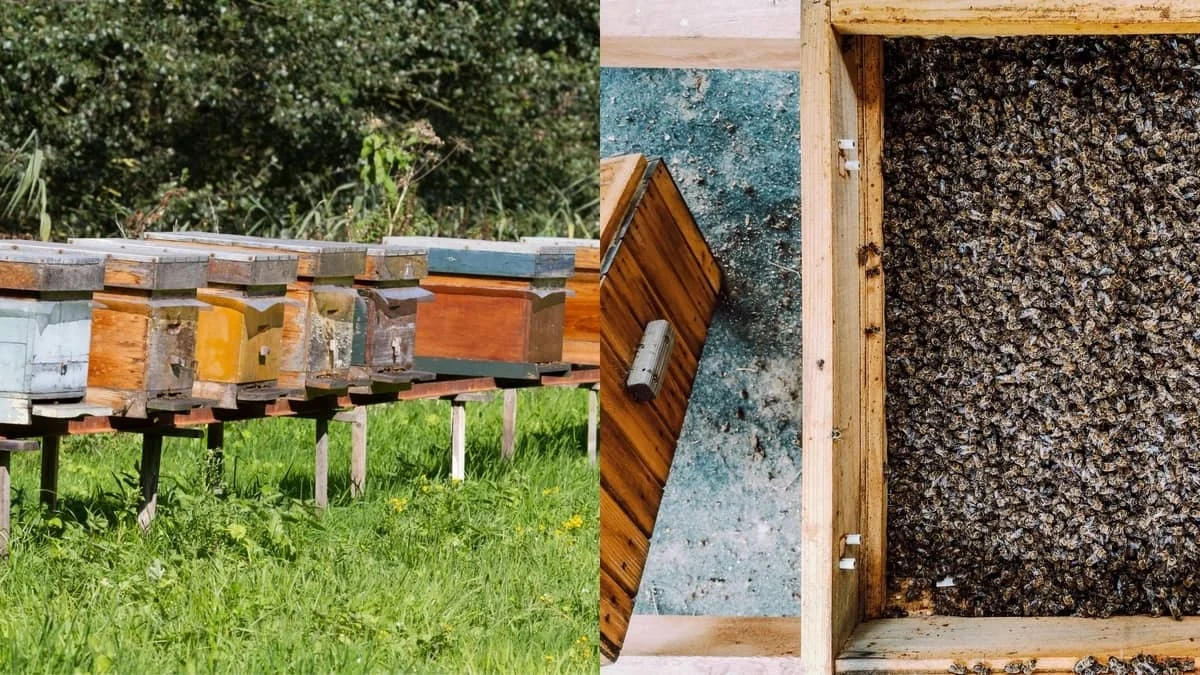
What To Do With A Dead Beehive?

Do Hummingbird Feeders Attract Bees? How To Separate The Birds From The Bees
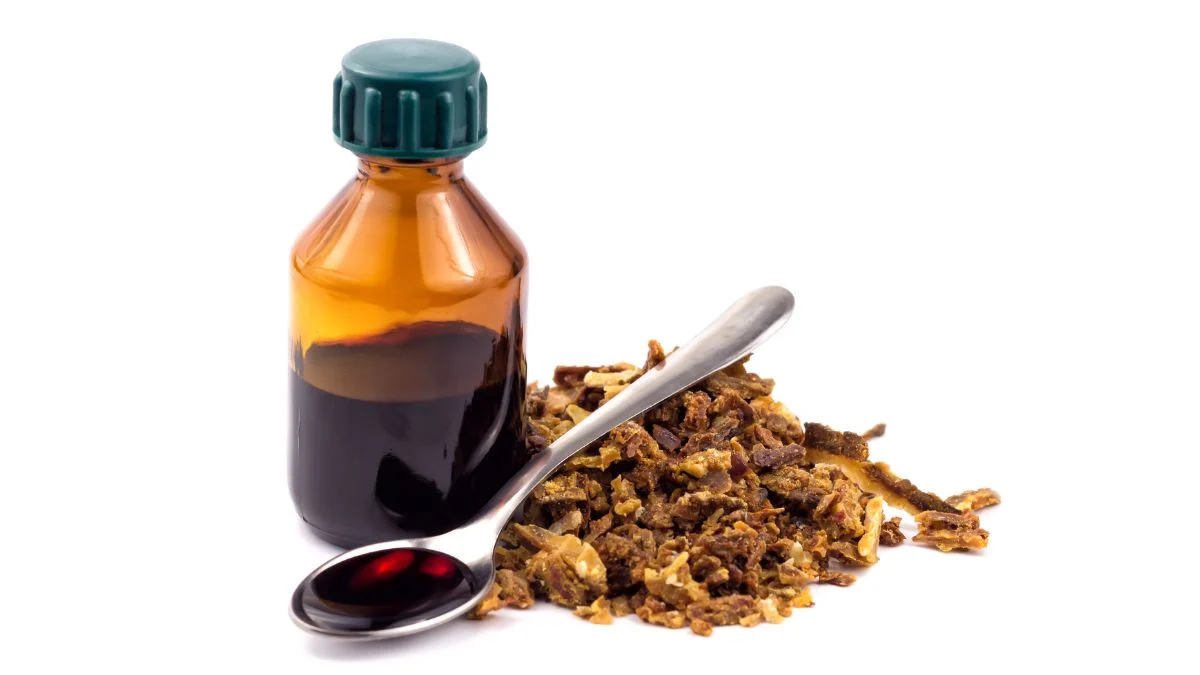
How To Clean Propolis – Purifying Black Gold In Our Hives!!
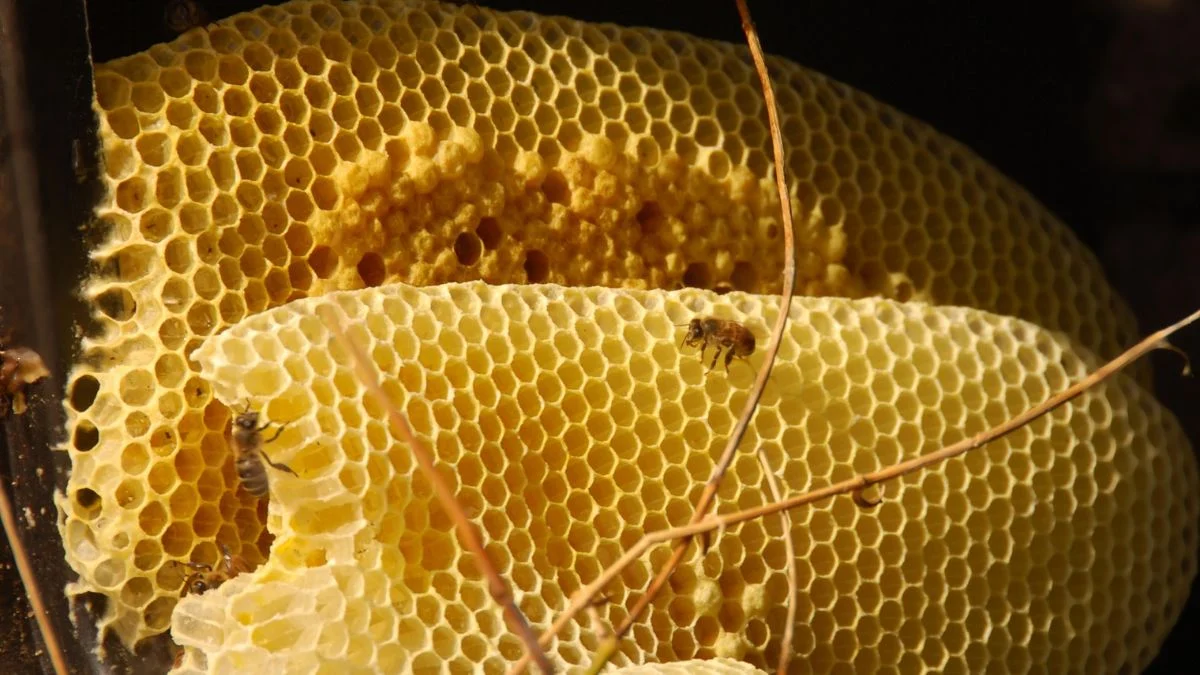
Can You Eat Honey From A Dead Hive

Azaleas and Bees: The Mystery of Toxic Honey [Must Know]

Is Harvesting Honey Bad For Bees? – The Basic Principle Of Beekeeping
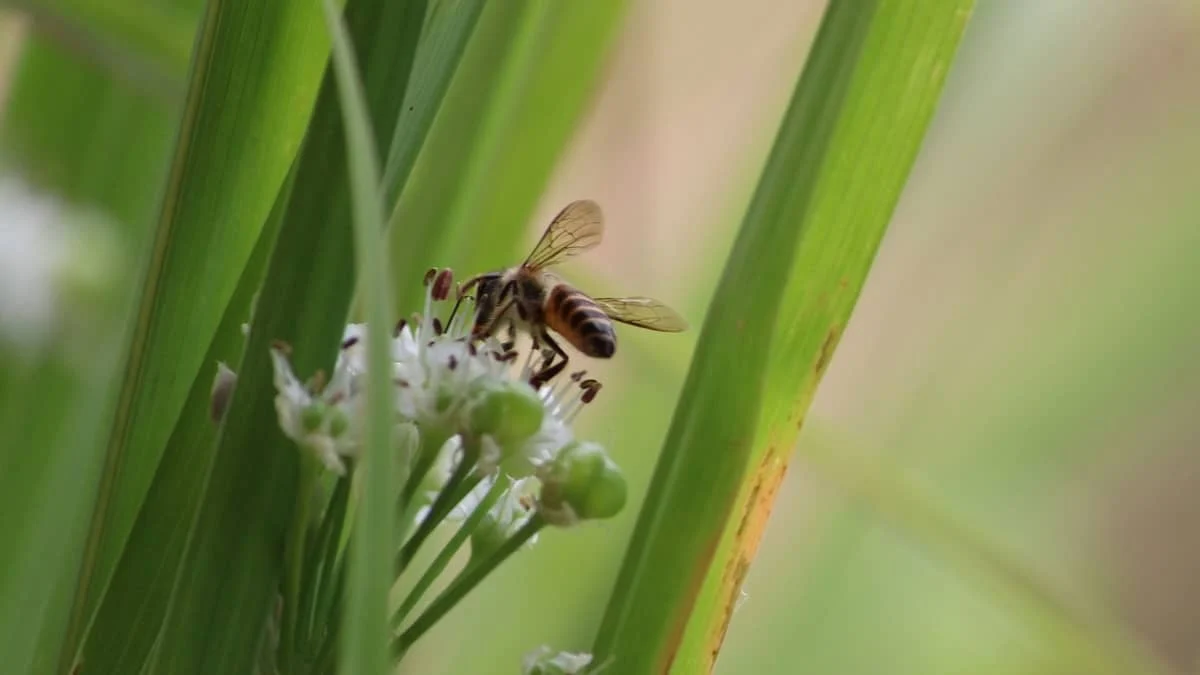
Lemongrass: Nature’s Bee Bait—How to Use it Effectively

Beekeepers Guide to Natural Beehives: How to Spot Them
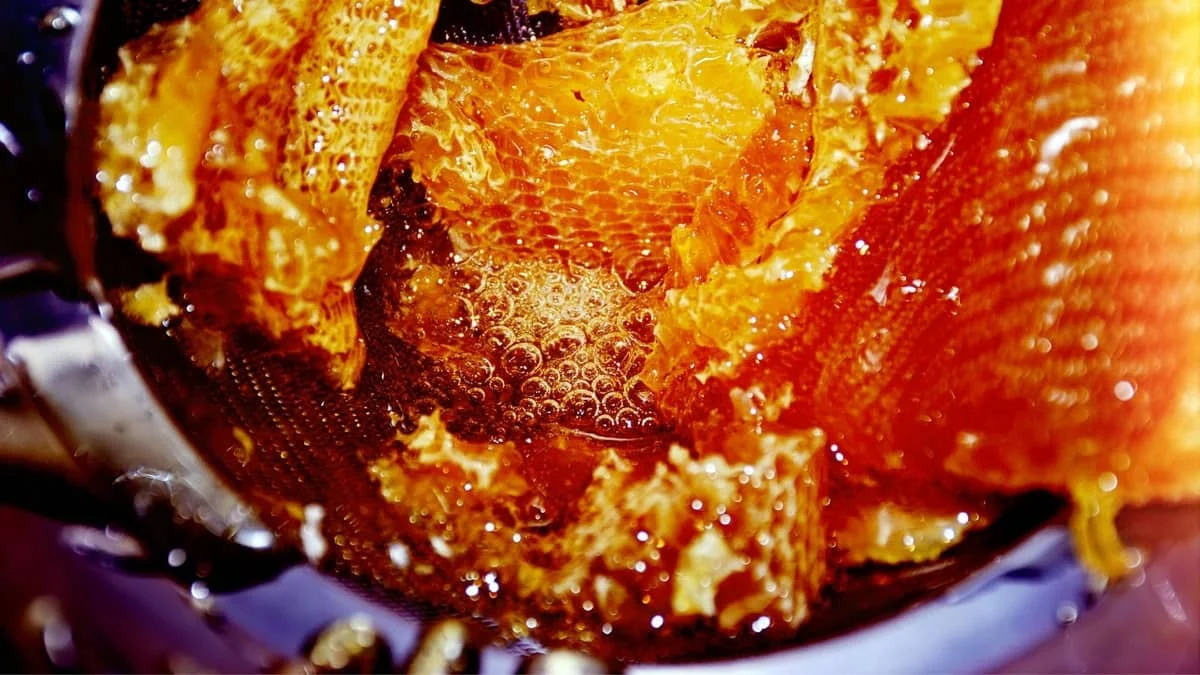
How To Extract Honey From Comb At Home [Best Methods]

Planting Buckwheat For Honey Bees
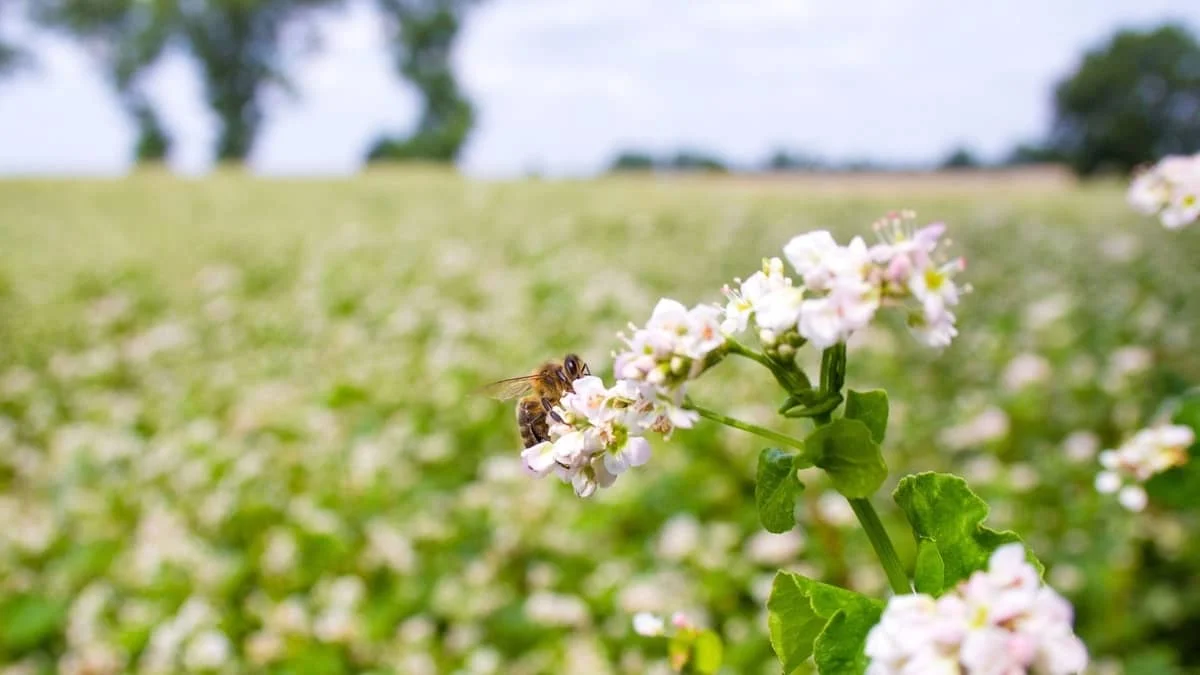
The Best Wildflowers For Honey Bees
About Us
Dr. Garth A. Cambray is a Canadian/South African entrepreneur and beekeeper with 28 years of experience in apiculture and specializes in adding value to honey. His Ph.D. research developed a new advanced continuous fermentation method for making mead that has resulted in a number of companies globally being able to access markets for mead. His company, Makana Meadery, exports honey mead to the USA where it is available to discerning connoisseurs.
He has also developed technologies to commercially manufacture organic honey vinegar in Zambia for export globally. He holds a few patents globally in the ethanol industry and believes in technology and knowledge transfer for human development and environmental sustainability. One of his proudest achievements is the fact that the wind farm he started at one of his old apiary sites has essentially made his hometown carbon neutral.
Beekeeper Members
We are always learning, adapting and understanding our beehives. That’s why we keep our members up to date with the latest tips and expertise from professional beekeepers and industry experts.

Henry Dawson
I have been beekeeping for the past 3 years and found Beekeepertips.com to be a great source of information to support my learning. I like that they don't push a product if there is a DIY simple solution instead!
Getting the monthly newsletter helps me keep on top of the tips I need to keep my 4 hives alive and well. The detail around mite treatments has definitely saved our hives a couple of times last year.

Joanna Keppler


